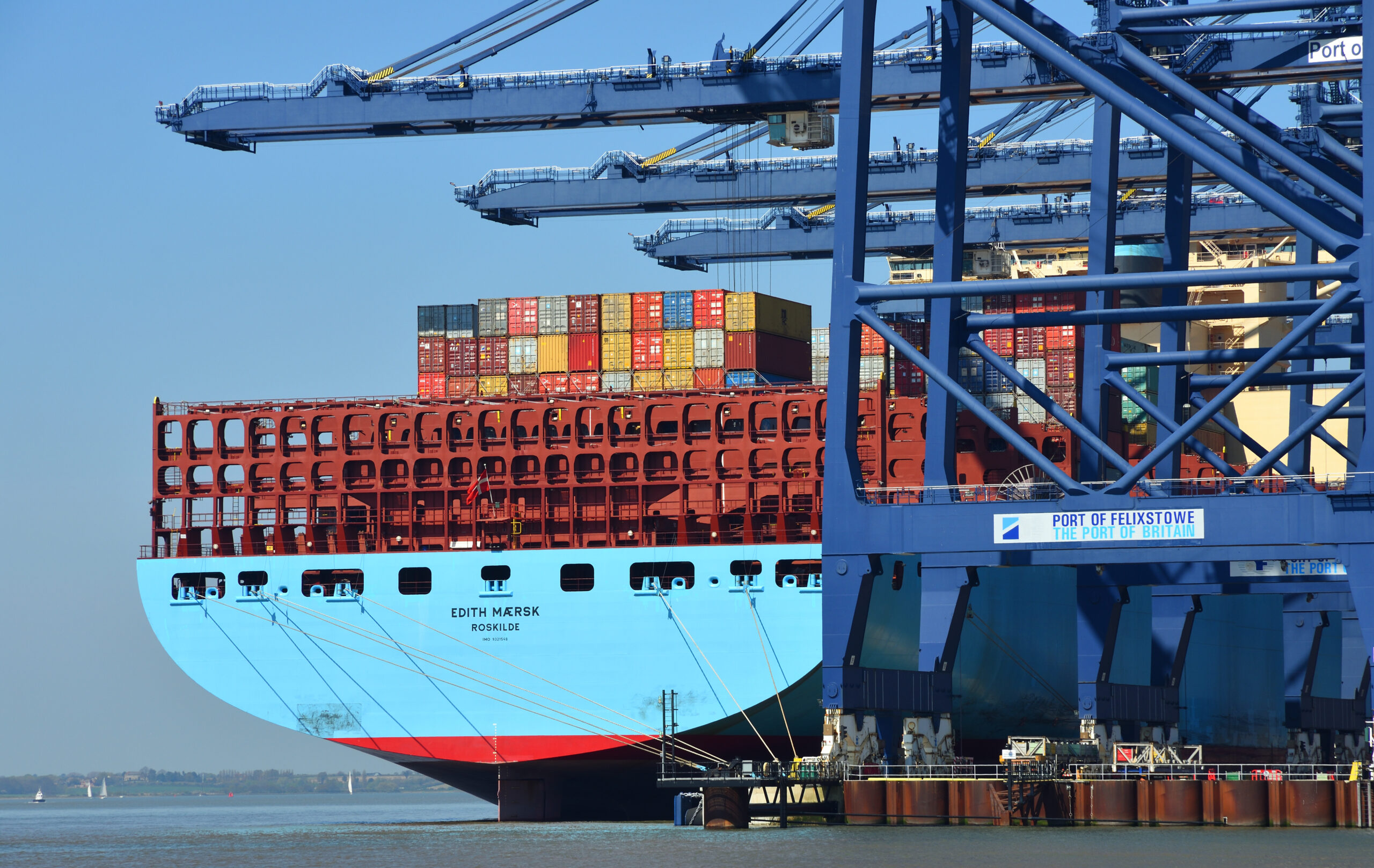In a new study, titled ‘Sustainable Maritime Transport Outlook’, Eni, Fincantieri, and RINA, in collaboration with Bain & Co., have produced a data-driven assessment of alternative fuels, infrastructure requirements, and strategic investment priorities for the maritime sector.
The report announces the launch of a new ‘global observatory’ to monitor the maritime sector’s decarbonisation trajectory. It takes a regionally segmented perspective on fuel adoption and identifies a variety of solutions that are likely to evolve over time and vary by location, rather than converging around a single technology.
The study presents three decarbonisation scenarios with varying levels of ambition, technological maturity, and policy support. Europe and North America are expected to transition more rapidly to hydrotreated vegetable oil (HVO) and bio-LNG between 2030 and 2040, bolstered by policy frameworks such as the EU ETS and FuelEU Maritime. In these regions, regulatory pressure and investor scrutiny are already driving the early adoption of alternative fuels.
Despite its dominance in global trade volumes, the Asia-Pacific region is projected to increasingly depend on fossil-based LNG and conventional fuels extending into the 2040s. By 2050, fossil fuels could still comprise up to 70% of the maritime energy mix in certain areas of the region. This indicates the importance of tailored policy mechanisms and international collaboration to accelerate the update of alternative fuels.
In the short term, LNG and biofuels, in particular HVO, are identified as the most readily deployable options. HVO is attractive because it can be used in existing engines without requiring modifications and does not require additional bunkering infrastructure. Although LNG is a fossil fuel, it offers a lower carbon intensity than compared to traditional fuels and benefits from a growing global supply network.
Longer term, biofuels are expected to remain central to the energy mix, especially in the forms of bio-LNG and bio-methanol. These fuels are seen as scalable, energy-dense, and compatible with existing vessel and port infrastructure. However, synthetic fuels derived from green hydrogen, while not currently commercially viable at scale and cost, are expected to play an increasingly significant role in specific market segments, such as low- and mid-power cruise vessels, particularly from the 2040s onward as production costs decrease and supply chains develop.
The report further demonstrates the importance of infrastructure in shaping the pace and direction of the maritime energy transition. Due to their compatibility with existing systems, HVO and LNG require relatively modest investments in port upgrades, estimated at 15% of the total projected infrastructure expenditure by 2050. By contrast, synthetic fuels will likely require extensive new infrastructure, which will account for the remaining 85% of the projected €24 billion in investments needed across the European port system alone.
The strategic implications of this disparity are that stakeholders seeking future-proof port facilities or fleet configurations must weigh capital allocation carefully, balancing short-term returns against long-term flexibility. For European actors, particularly in Italy, which stands to significantly benefit from these investments, the opportunity to position national infrastructure as a hub for low-emission shipping routes is considerable.
‘Decarbonizing maritime transport is a challenge that demands industrial vision and the ability to turn innovation into real-world solutions’, commented Pierroberto Folgiero, Chief Executive Officer and General Manager of Fincantieri. ‘The Sustainable Maritime Transport Outlook presented today marks a strategic step in that direction – an integrated analysis grounded in real data and scenarios, developed with the support of leading players across the sector.
‘This is also the foundation for our commitment to establish a global observatory, reinforcing our role in driving the transition toward lower environmental impact, while creating value and ensuring competitiveness throughout the entire ship lifecycle.’
For shipowners, operators, and investors, the findings reinforce the importance of incorporating flexibility into fleet planning and capital allocation. Dual-fuel vessels, modular retrofitting capabilities, and long-term partnerships with fuel suppliers will be essential for managing uncertainty while remaining compliant and competitive.
The report advocates for coordinated, cross-sector collaboration to align technological development, policy incentives, and financial flows. This includes establishing monitoring and forecasting mechanisms, such as the proposed global observatory, to provide timely and actionable insights for industry decision-makers.



